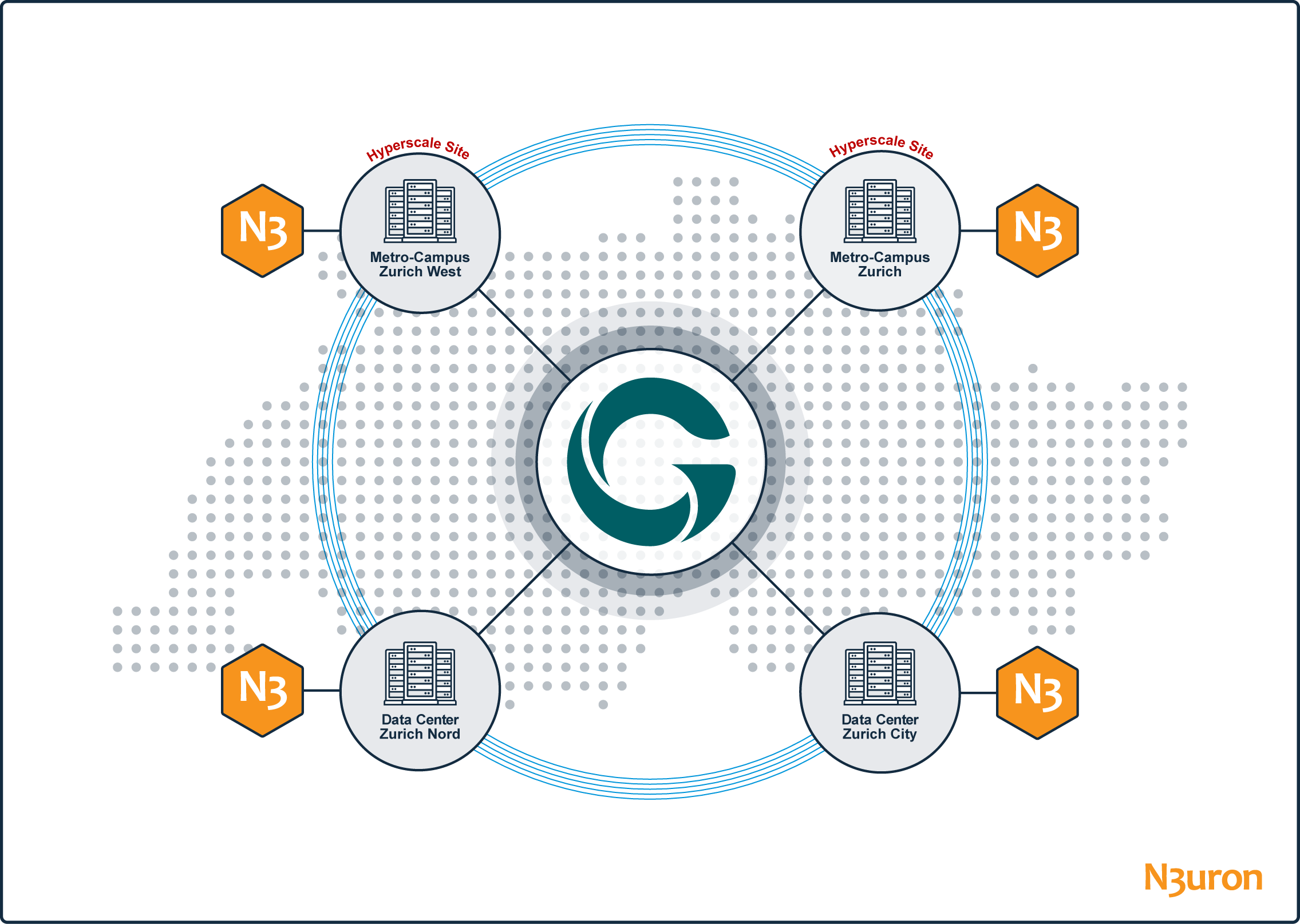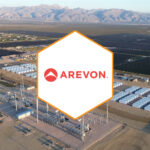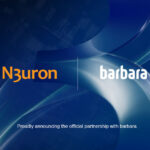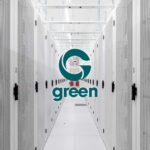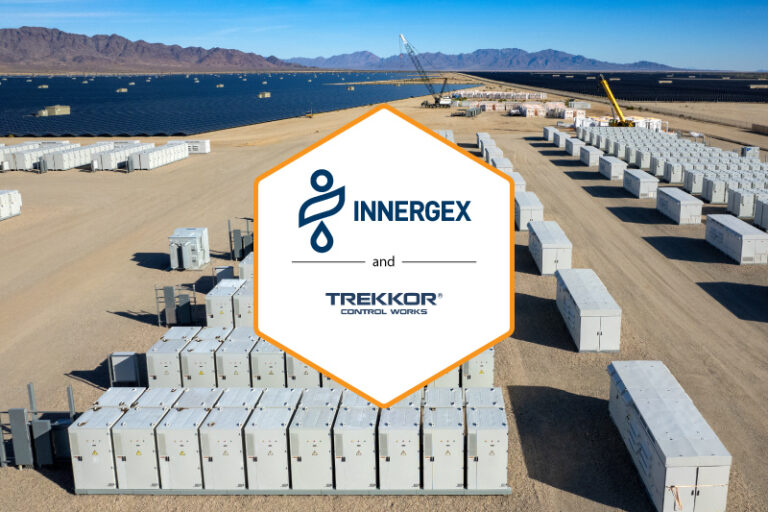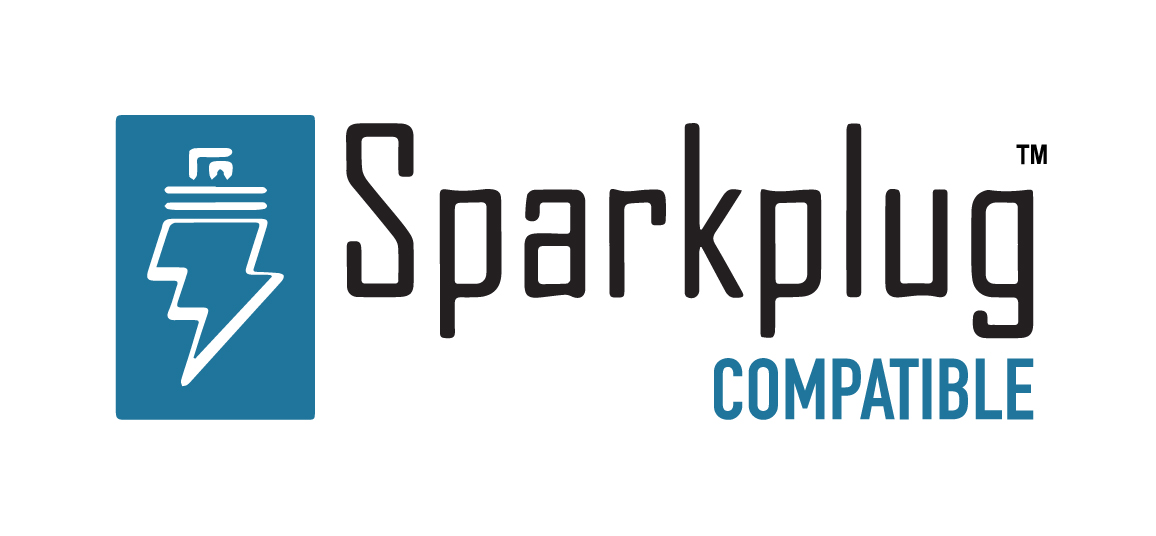RESOURCES / CASE STUDIES
Green Optimizes Data Center Operations with N3uron for Scalability and Efficiency
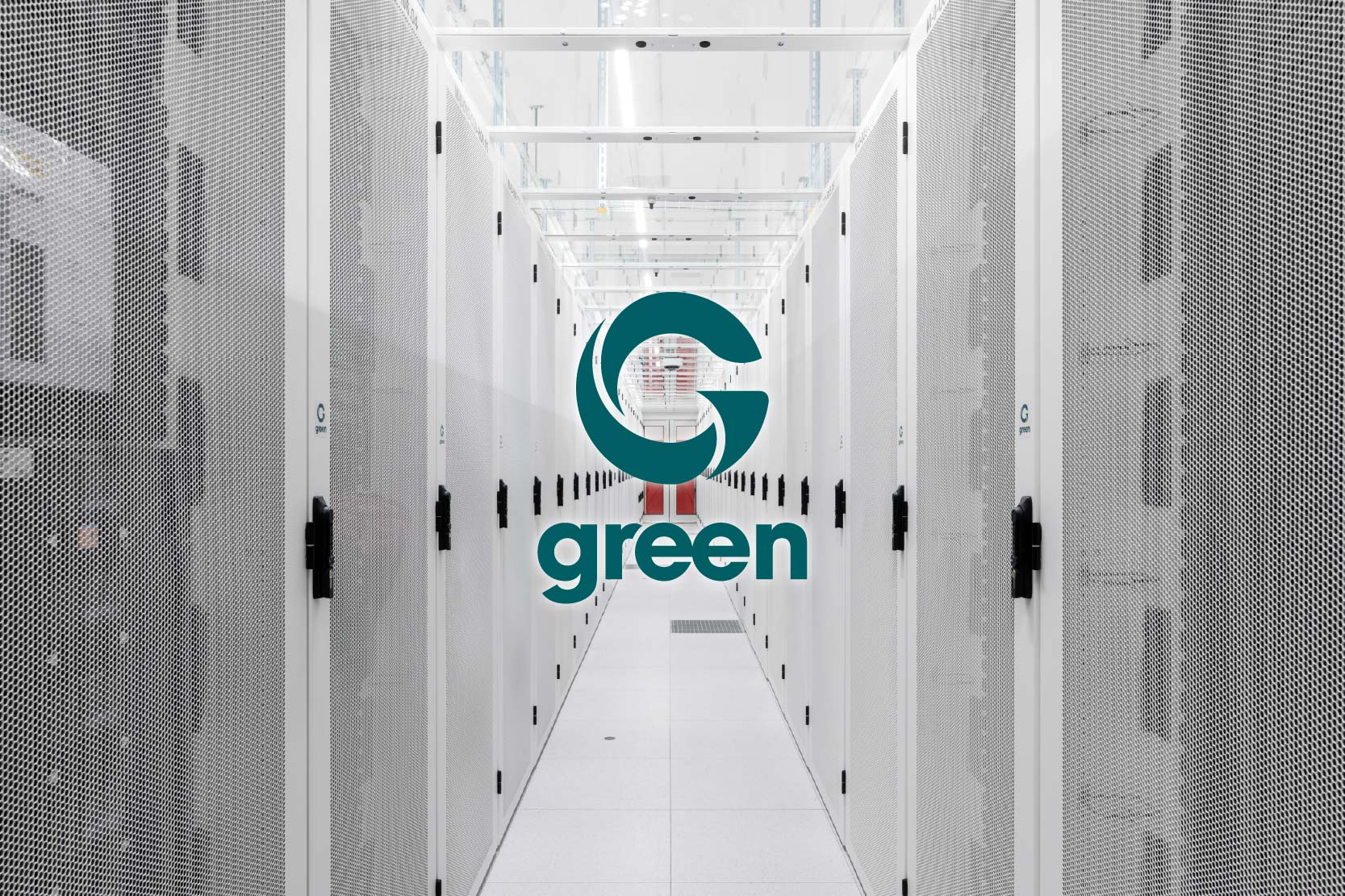
Green is Switzerland’s leading data center provider. For 30 years, it has been playing an active role in shaping the digital future. It operates state-of-the-art data centers, develops innovative cloud services, and offers internet and networking solutions.
Green’s data centers are Switzerland’s most advanced, designed for maximum energy efficiency to support a sustainable digital future. Green serves both enterprises and leading cloud providers. Companies in Switzerland, Europe, and around the world put their faith in the security and availability offered by Green data centers.
Demand for Green’s data centers is growing fast as data growth and digitization drive companies to move their systems to more efficient and sustainable data centers. Data centers are becoming essential utilities, yet unlike traditional infrastructure, they evolve at a rapid pace. Deploying and operating them demands a scalable, efficient, and transparent Industrial IoT-native architecture.
Central to data center digital transformation are IIoT platforms that enable seamless data integration, contextualization, and governance across multiple systems, bridging the gap between Information Technology (IT) and Operational Technology (OT).
The Challenge
To operate at the pace of change and scale to meet future needs while maximizing efficiency, security, and sustainability, Green needed to re-examine its architecture. The SCADA system in place at its data centers struggled to support growth, limiting the ability to monitor KPIs; respond to operational issues; and support IT/OT convergence.
Recognizing their original setup’s constraints led CTO of Green, Mike Grütter, to search for an alternative: “In my role as CTO of Green, I take the lead in driving technological innovation and pushing strategic initiatives forward especially in the OT domain. I recognized early on that our existing SCADA system, which plays a critical role in operating and monitoring our data center campuses, was reaching its limits in terms of flexibility and operational efficiency. While it still fulfills its basic functions, we were facing long lead times for implementing changes. Combined with the increasing convergence of IT and OT, it became clear that a more agile and scalable approach was necessary.”
Grütter therefore initiated a strategic review of Green’s architecture and actively pushed for a modern solution that could support their data centers’ future operational needs. The solution had to address the challenges of OT system integration and of working with OT engineering teams. Integrating existing OT systems was difficult because many devices used legacy communication protocols, had vendor-specific setups, or came with limited documentation. Since most devices didn’t support modern standards, the team had to normalize the data and do careful testing during live operation to avoid any interruptions. Cooperation with OT teams was also challenging due to technical understanding disparities between IT and OT engineers.
Solving pain points
Green chose N3uron IIoT and DataOps platform because of its modular architecture, high stability, and intuitive user interface. It enabled fast deployment, easy maintenance, and supported reusable templating (which simplifies device integration and accelerates deployment), making it well-suited for scalable and reliable industrial data integration.
With its highly customizable design and adherence to open standards, N3uron met Green’s need to establish a new modern SCADA environment for data center management. “N3uron enables us to efficiently handle the broad variety of OT interfaces and devices in a standardized way and acts as a central layer that bridges and normalizes data between OT and IT environments. This forms the foundation for seamless integration, enhanced data transparency, and future scalability across our datacenter campuses,” said CTO of Green Mike Grütter.
Using N3uron as an integral component of the data telemetry architecture, the solution is designed to reduce lead times, provide a flexible and scalable telemetry platform, support a data-driven operational approach, and enhance real-time monitoring to increase responsiveness and overall system reliability.
“N3uron helped address key pain points by enabling templating and normalization across multiple OT protocols. Its modular design allowed consistent data modeling despite variations in protocol structure and device behavior, making it easier to normalize data from different sources and scale. This significantly reduced integration complexity and improved maintainability across the entire system,” said Mike Grütter.
A High Availability Architecture Built for Scale
In each of its data centers, Green deploys N3uron to integrate a wide variety of systems and eventually exchanges all collected data (already normalized and standardized) with Ignition via Sparkplug. Sparkplug makes MQTT-based infrastructure interoperable and facilitates Unified Namespace (UNS) implementation — adding up to a single source of truth for models, assets, and tags while facilitating bidirectional communication (critical between devices and anomaly detection systems). Standardizing on Sparkplug helps operators reduce setup times, integrate new sites faster, and scale operations — while maintaining high SLA compliance.
Green data center architecture is designed for high availability across all layers to ensure seamless 24/7 operation. At its core, N3uron serves as the telemetry layer, enabling secure, reliable, and scalable integration between field devices and the Ignition SCADA system. It supports redundant data acquisition from diverse OT systems using multiple protocols and is deployed in a high-availability configuration with automatic failover to guarantee continuous data flow.
At the time of writing, the project spanned 4 sites in production (each with up to 2000 devices) and 8 fully redundant N3uron nodes. The number of tags ranges, per site, from 10k up to 20k-30k as adoption progresses and additional systems are integrated.
N3uron Modules Facilitating IT/OT Integration
By leveraging the following N3uron modules, Green is integrating all components essential for monitoring critical data center operations, including power supply and distribution (utility feeds, transformers, switchgear, and distribution panels); backup power systems such as UPS units and diesel generators; cooling systems (chillers, CRACs, HVAC); temperature and humidity sensors; leak detection; and fire detection and suppression systems — enabling higher availability, energy efficiency, and rapid incident response.
Derived Tags: Derived Tags is the module Green uses to calculate KPIs, such as those listed above. Green uses Derived Tags for data normalization and basic state evaluations coming from raw data (e.g. multiple switch statuses), thereby ensuring consistent data structures and simplified processing.
Redundancy Agent: The Redundancy Agent module increases data source reliability and availability by allowing redundant TCP connections to be configured to OPC UA servers or any redundant data source, whether devices or systems.
Audit Trail: Audit Trail reports all operations executed in N3uron and adheres to the leading regulatory standards for Good Manufacturing Practice (GMP). Having auditable records of power usage and environmental impact delivers accurate data into reporting systems, supporting smarter energy management and carbon emissions compliance.
Historian: Green uses Historian — a module that provides a high-performance time-series storage system — for short-term data retention. Since integration into the SCADA system is not near real-time, Green relies on historical data to support Day 0 integration of new devices. This allows starting data collection immediately once a device comes online, which is helpful in a commissioning phase.
Modbus Client: Modbus Client allows Green to easily connect to any Modbus-compatible device, supporting TCP, serial communications, and more.
MQTT Client: In addition to its Sparkplug/Ignition-based integration, Green also publishes telemetry data via MQTT, using N3uron’s MQTT Client module, to specific customers.
REST API Server: N3uron’s REST API Server is in place at Green data centers to trigger specific operations such as backups or restarts.
SNMP Client: The Simple Network Management Protocol (SNMP) Client module is used to communicate with devices, such as routers, switches, etc.
Sparkplug Client: Sparkplug Client publishes N3uron’s tags via MQTT, transforming them and their properties into Sparkplug MQTT Topic and Payload format. It delivers the connectivity and context required to monitor and maximize efficiency in Green’s data center environments.
OPCUA Client: OPCUA Client enables the N3uron platform to easily make outgoing connections to any third-party compliant OPC UA server.
BACnet Client: BACnet Client is used to effortlessly connect with CRACs, chillers, HVAC and similar equipment, enabling real-time monitoring and control of data centers from anywhere, at any time.
“To address integration challenges, N3uron’s support for a wide range of OT protocols was key. Modules for Modbus, OPC UA, BACnet, SNMP and MQTT/Sparkplug enabled seamless connectivity across diverse field devices and systems. This flexibility allowed efficient data collection, normalization, and transfer, ensuring interoperability across both legacy and modern infrastructures,” said Mike Grütter.
Cost Savings, Increased Agility, Shorter Lead Times
By leveraging N3uron, Green transformed its data center operations and capabilities to meet current and future operational needs. While full-scale implementations for Green’s datacenters are currently in progress, telemetry integration at the company’s existing sites has been running successfully for over half a year and has already supported the completion of several telemetry projects.
“Compared to other products, the implementation process with N3uron was significantly smoother due to their excellent support and the platform’s ease of use. We experienced direct, solution-oriented collaboration with their engineering team, which ensured rapid responses to our questions and helped us maintain momentum throughout the project,” said Mike Grütter.
N3uron’s Templates (a predefined set of tags specifically configured for a particular device model and manufacturer) turned once-painful device integration into a plug-and-play experience. Green now integrates devices into its data center architecture with just a few clicks, saving valuable engineering time, reducing manual configuration, and accelerating deployment.
“As a result of the project, we’ve significantly reduced our reliance on external personnel and consultants for OT device integration. Thanks to the intuitive design and internal knowledge gained, we are now able to handle new integrations in-house, leading to a reduction in manpower-related costs by approximately two-thirds. This has not only lowered expenses but also increased flexibility and response time in ongoing operations. Lead times for completing telemetry projects have decreased from months to weeks,” said Mike Grütter.
Green’s Future Plans Using N3uron
In addition to its data centers in the Zurich metro area, Green is consistently pursuing further expansion. By facilitating operational efficiency and visibility, N3uron is enabling Green to scale its data centers sustainably to meet demand, aligning with its broader vision of “moving. forward. together”. This is why Green plans to continue using N3uron as it expands its data center operations.
“N3uron serves as a strategic platform for our future data-driven data center deployments, enabling scalable growth through a unified namespace and a standardized approach to integrating OT devices,” said Mike Grütter.
